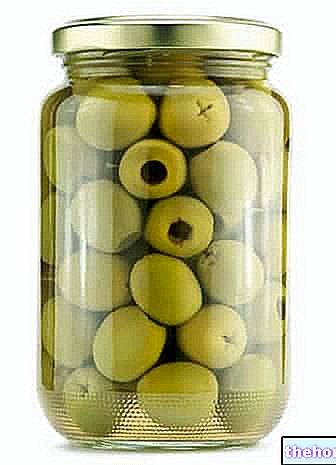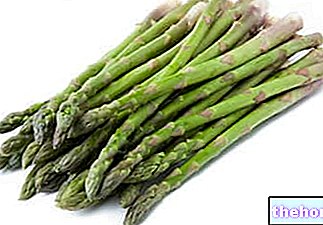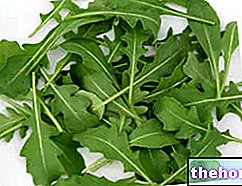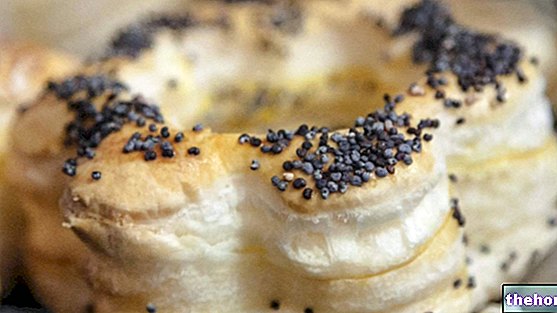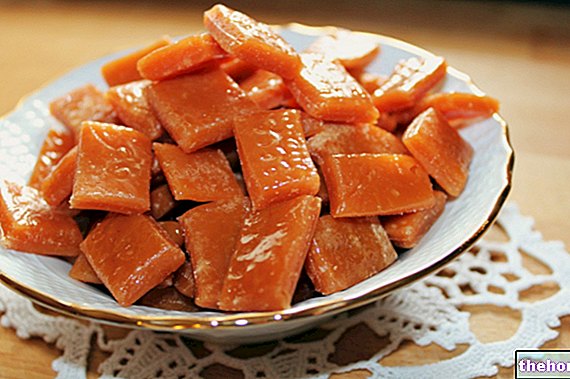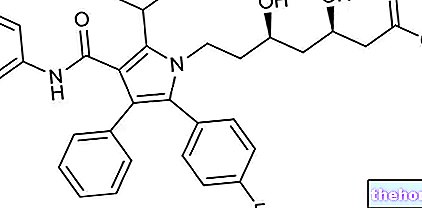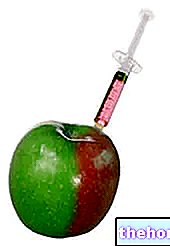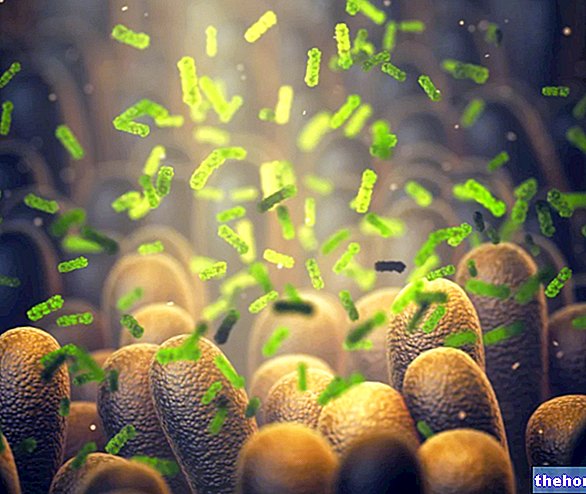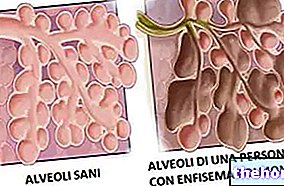Generality
The basil (from the Latin Basilicum or from the Greek Basilikon = royal plant or king's plant), or rather the "Ocimum basilicum, is an aromatic plant belonging to the family of Lamiaceae, whose typical essential oils are estragolo and eugenol.

Basil originates from South Asia (India and Iran) but currently its use in cooking is also widespread in many other oriental countries such as: Taiwan, Thailand, Vietnam, Cambodia and Laos. Overall, the term "basil" encompasses many different botanical varieties, both for the appearance and for the organoleptic-gustatory characteristics, grouped into the types: Genoese basil, Mexican basil And Thai basil; the leaves of Genoese basil (typically consumed in Italy and southern France since 350 BC) are large and green, and are characterized by a particularly intense aroma / taste.
Conservation of basil
Basil is an aromatic plant to be consumed fresh and which, to maintain its characteristics, must not be cooked or stored for dehydration or in the refrigerator (max 2 days). for long periods.
Basil pairings in the kitchen
Basil can be successfully combined with Mediterranean foods such as: tomatoes, mixed soft / fresh cheeses, extra virgin olive oil, garlic, white meats and some fishery products. It is often associated with other aromatic herbs such as thyme, rosemary, sage, parsley, mint or spices such as turmeric, coriander, curry, cloves, eucalyptus, chilli, paprika and pepper berries (all, to a lesser extent the black ones).
Pesto sauce
Problems with playing the video? Reload the video from youtube.
- Go to the Video Page
- Go to the Video Recipes Section
- Watch the video on youtube
Other Recipes with Basil
Basil in herbal medicine
Since ancient times, basil has been used for the preparation of digestive infusions, antispasmodics (stomach and intestines), diuretics, antibiotics, anti-inflammatories and dewormers. Basil oil is used in the fight against rheumatism, while the relative mouthwash is made useful in inflammations of the oral cavity.
Chemical composition
Basil is a herbaceous plant rich in essential oils; among the most present are: eugenol, eucalyptol, linalool, epi-α-cadilol, α-bergamotene, γ-cadinene, germacrene D, camphor; nearly all are harmless or even therapeutic, while others have been identified as potential carcinogenic: it is the case of methileugenol and estragolo, even if the food combination should cancel the negative effects. It is also curious to learn that the basil extract has toxic properties for mosquitoes.
The most common varieties of basil, from which essential oils are extracted (in: France, Italy, Germany, Spain and Algeria), are: Album basil, Benth basil, Purpurescen Benth basil, Thyrsiflorum Benth basil, Crispum Camus basil. The profitability of this extraction process is about 0.02-0.07%, from which a yellow and transparent liquid is obtained, with a "strong and vaguely similar aroma"estragon.
Holy basil
There is also a breed of therapeutic basil called sacred basil (Ocimum sanctum L.); this plant, respected and used in Hindu religious rituals (India, see Ayurvedic Medicine), has also been the subject of some pharmacological studies. The active ingredients of sacred basil (essential oils, flavonoids and ursolic acid) which make up the drug, have shown hypoglycemic effects on diabetic rats pharmacologically induced by alloxan And streptozotocin; the relative mechanism of action is not yet completely clear. It is therefore probable that "the components of the holy basil drug interact with the β cells of the pancreas, stimulating their insulin production and / or influencing some enzymes typical of glucose metabolism". Furthermore, the holy basil drug has also demonstrated cholesterol-lowering powers.
The reference study [Yeh et al. Diabetes Care 26: 1277-1294] is randomized, carried out on 40 subjects with type 2 diabetes to whom:
- after 4 weeks of treatment with 2.5g of dry holy basil powder per day a decrease in serum levels (post prandial and fasting) of glucose was found in the absence of side effects
- after 8 months of treatment with 2.5g of dry holy basil powder per day, a reduction in serum total cholesterol levels was found in the absence of side effects.
Bibliography:
- Phytotherapy: rational use of herbal drugs- F. Capasso, G.Grandolini, A. A. Izzo – p. 477-478.
- New dictionary of commodity and applied chemistry. Volume 2 - G. V. Villavecchia - Hoepli - pag. 586-587.



